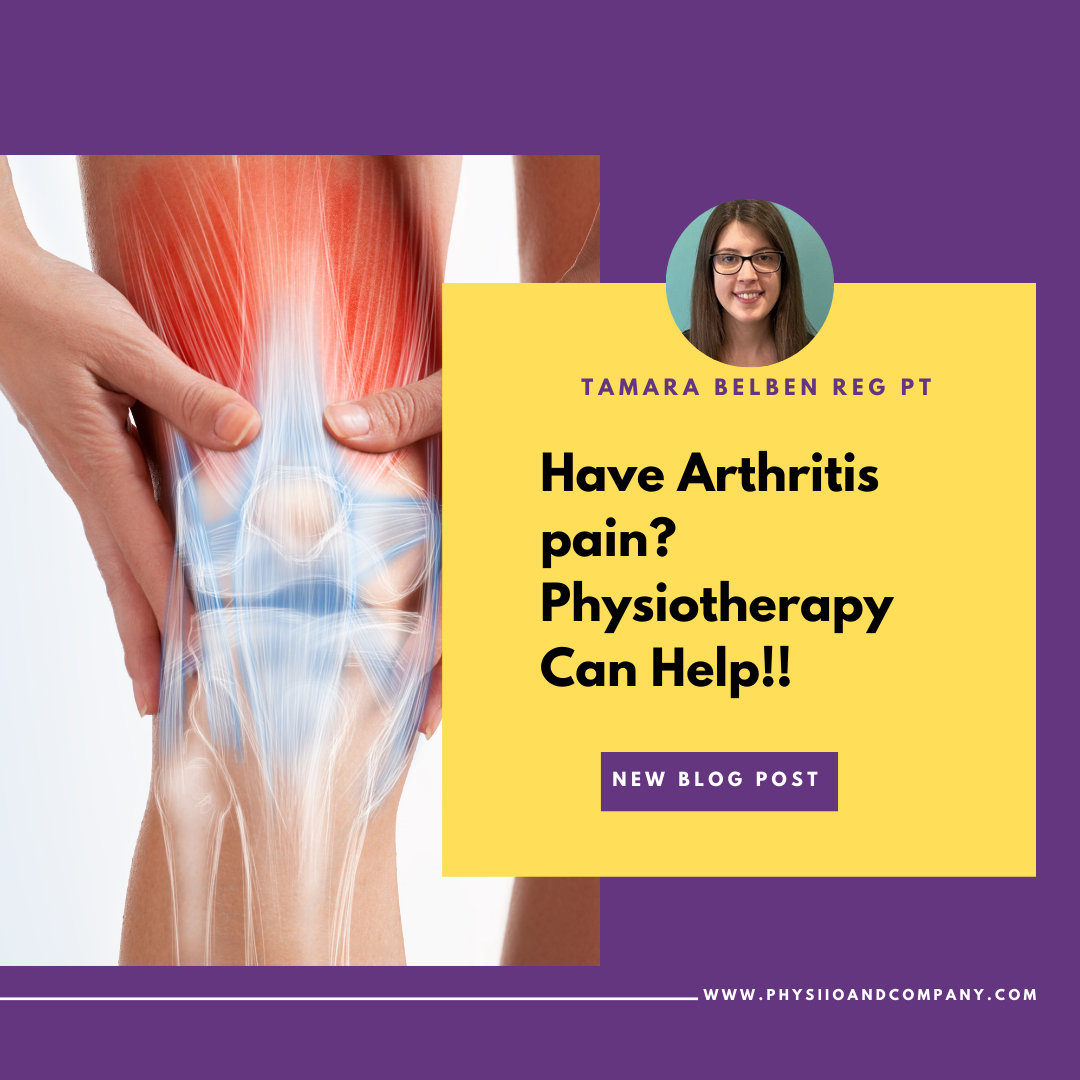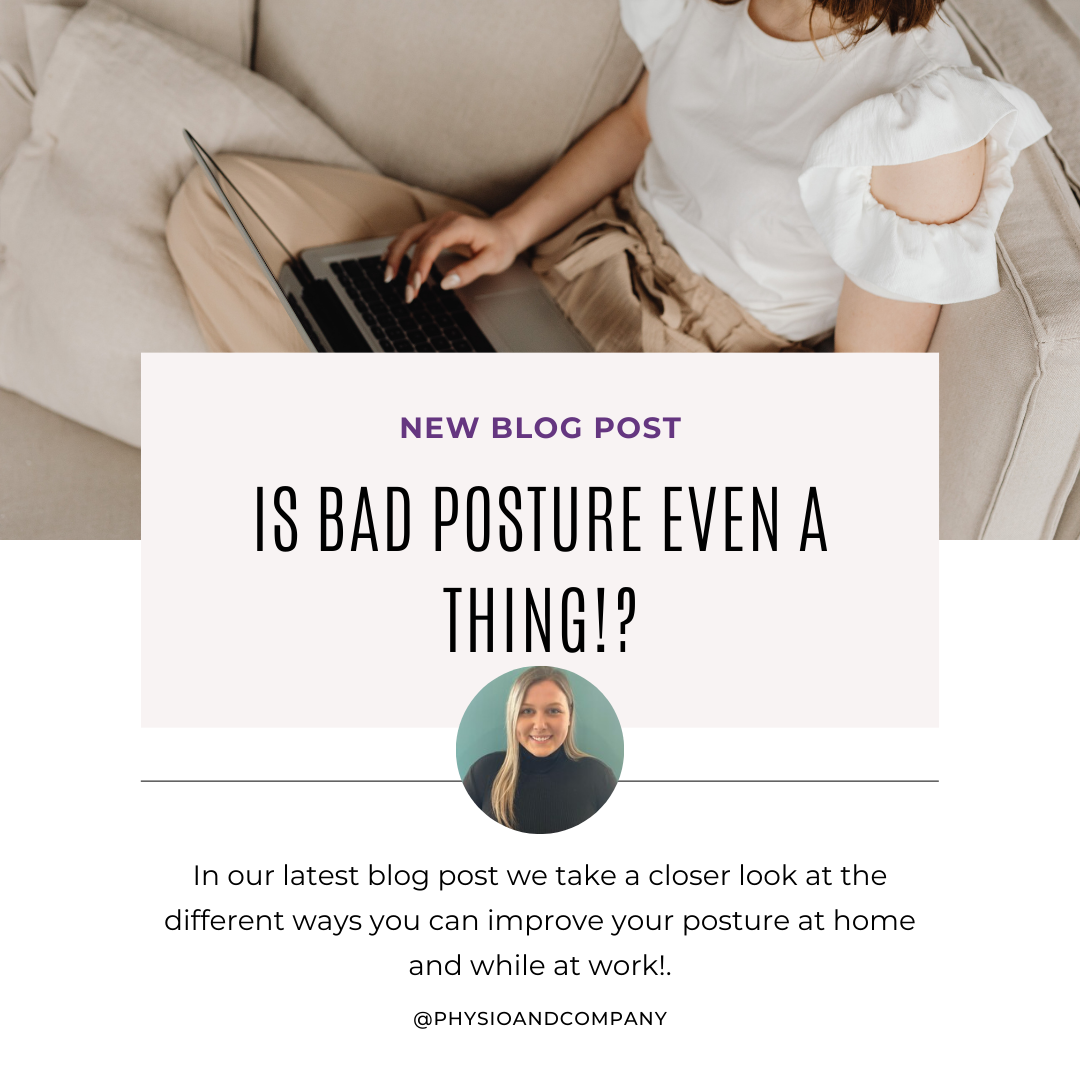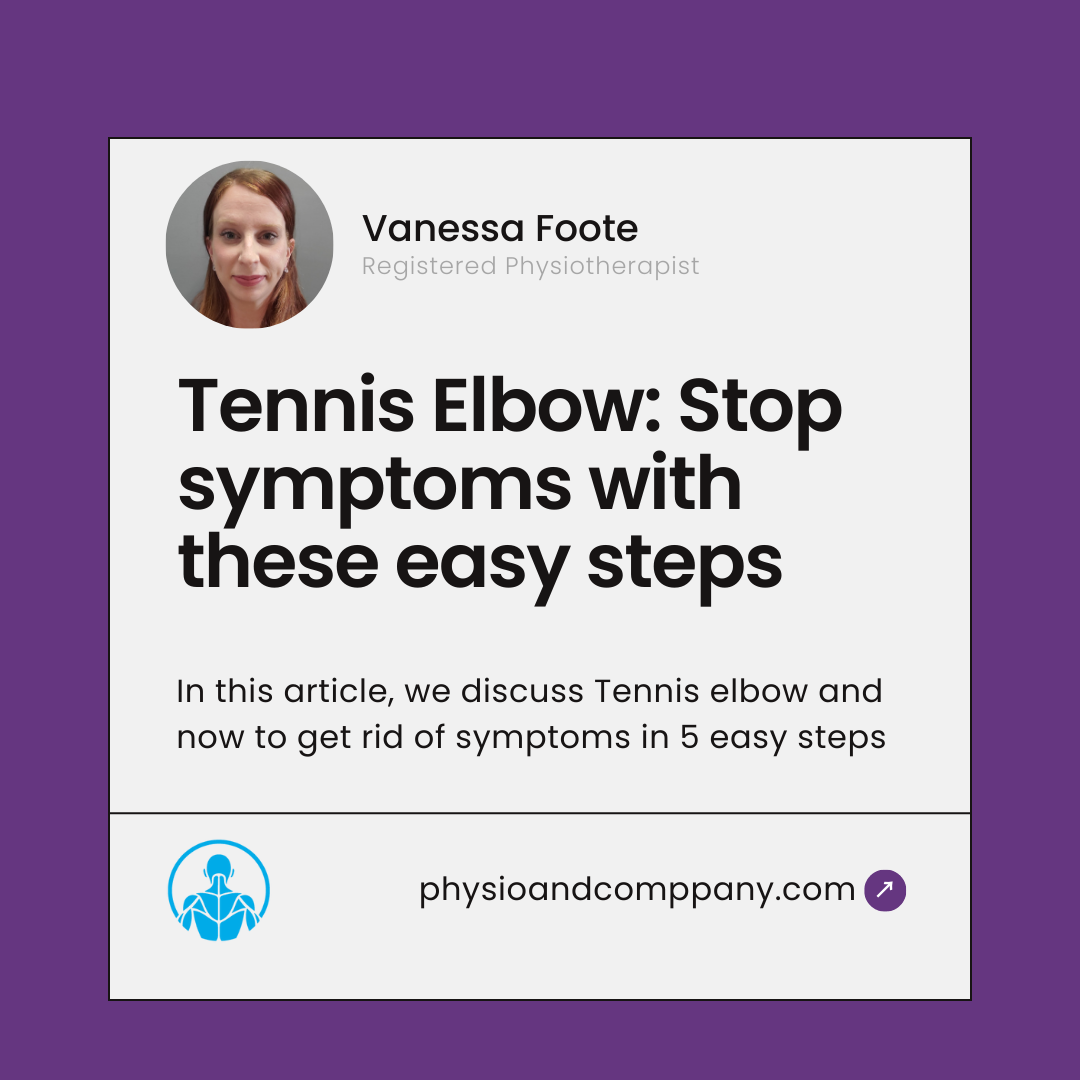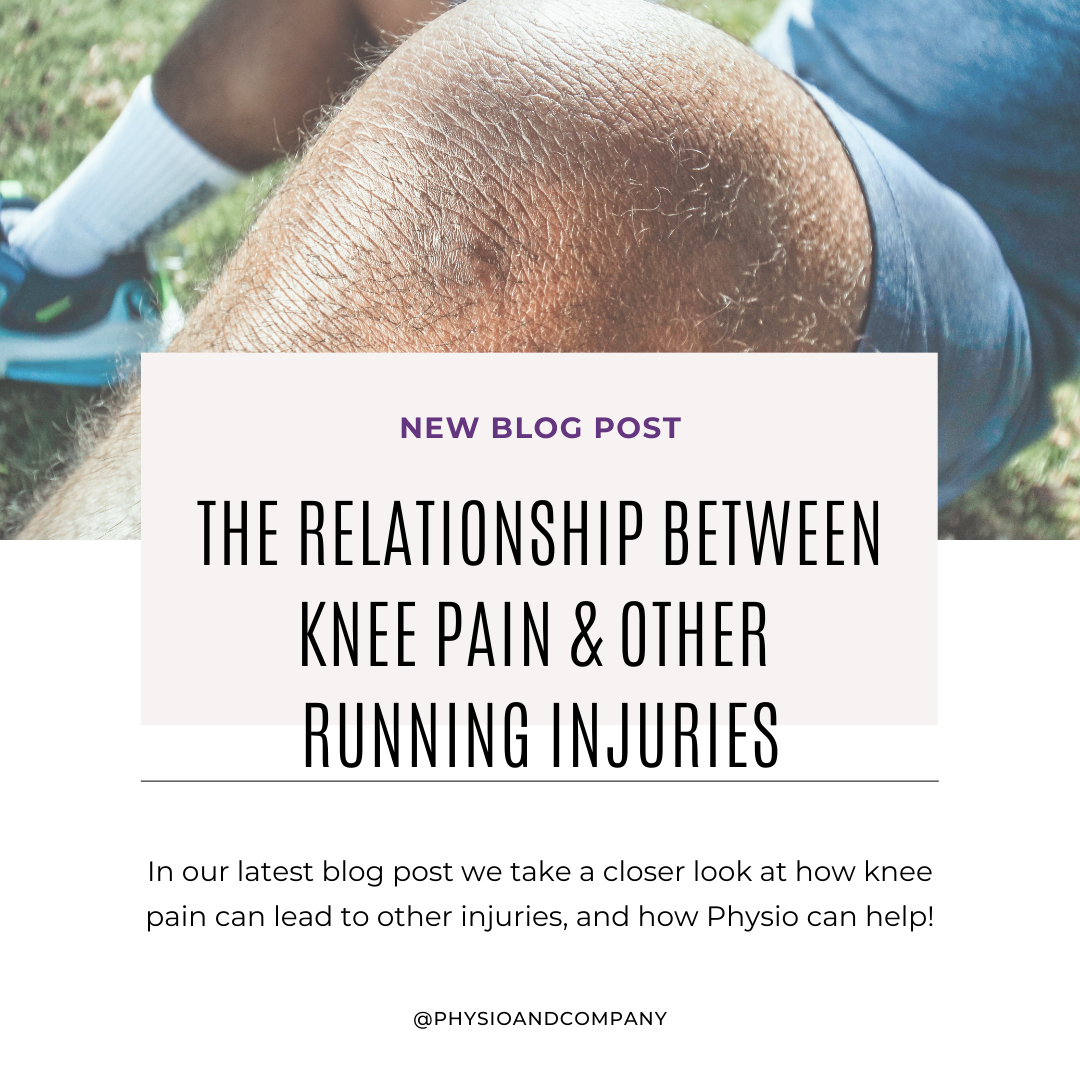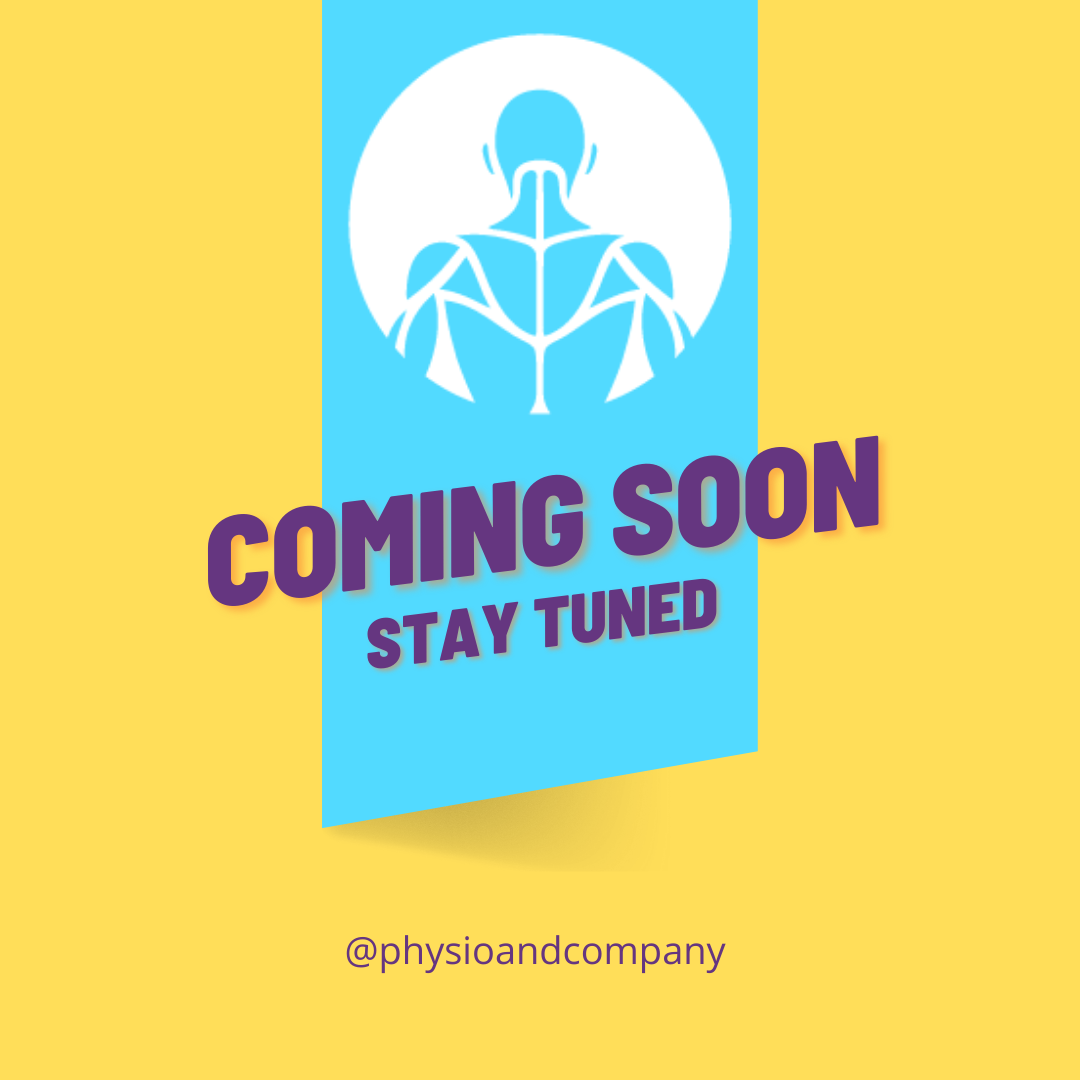What is Dry Needling? and How Can It Help?

What is the difference between acupuncture and dry needling?
Dry needling and acupuncture are both therapeutic techniques that involve the insertion of thin needles into the body, but they differ in their underlying principles, goals, and origins.
1.Principles and Origins:
- Dry Needling: is based on Western medicine principles and is primarily focused on treating musculoskeletal pain and dysfunction. It targets trigger points or myofascial trigger points in the muscles to release tension and promote healing. Dry needling does not follow the traditional Chinese medicine concepts of energy meridians or qi.
- Acupuncture: is based on the concept of balancing the flow of energy (qi) through meridians or pathways in the body. Acupuncture aims to restore the harmonious flow of qi to promote health and well-being. Acupuncture points are selected based on their relationship to meridians and pathways on a determined chart of points.
2.Treatment Goals:
- Dry Needling: The primary goal of dry needling is to relieve pain, improve muscle function, and address musculoskeletal issues. It aims to release muscle tension, reduce trigger point activity, and promote local healing in the targeted area.
- Acupuncture: Acupuncture aims to restore the balance and flow of energy (qi) in the body. It is used to address a wide range of conditions, including not only musculoskeletal issues but also internal disorders, emotional imbalances, and overall well-being.
3.Needle Placement:
- Dry Needling: Dry needling targets specific trigger points or taut bands of muscle fibers. Needles are inserted directly into the muscles or other soft tissues to address local muscle dysfunction and pain.
- Acupuncture: Acupuncture points are selected based on their relationship to meridians and the overall energy balance in the body. The needle placement may involve both local areas of discomfort and distal points along meridians that are believed to influence the related organs or systems.
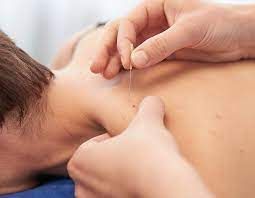
What exactly does dry needling do?
Dry needling works by targeting trigger points or myofascial trigger points, which are taut bands of muscle fibers that can be painful and contribute to muscle dysfunction. When these trigger points are stimulated with a thin, solid needle during dry needling, several physiological responses occur:
- Local Twitch Response: The insertion of the needle into a trigger point can elicit a local twitch response, which is a brief involuntary contraction of the muscle. This twitch response helps in releasing muscle tension, breaking up knots, and improving muscle function.
- Neuromuscular Effects: Dry needling affects the neuromuscular system by stimulating nerve fibers within the muscle. This stimulation can help modulate pain signals, improve muscle coordination, and restore normal muscle function.
- Blood Flow and Healing: The insertion of needles into the muscle tissue promotes local blood circulation. Improved blood flow can deliver necessary oxygen and nutrients to the area, remove metabolic waste products, and enhance the healing process.
- Release of Chemicals: Dry needling may trigger the release of various substances, including endorphins (natural pain-relieving chemicals) and other neuropeptides. These chemicals can help reduce pain, promote relaxation, and improve overall well-being.
The combination of these effects helps to relieve pain, reduce muscle tension, restore normal muscle function, and promote healing in the targeted area.
It's worth mentioning that dry needling is used in conjunction with other therapeutic techniques, such as manual therapy, stretching exercises, and rehabilitation exercises, to optimize outcomes and address the underlying causes of muscle dysfunction or pain.
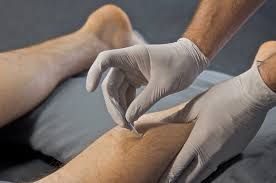
Is dry needling very painful?
The experience of pain during dry needling can vary from person to person. Some individuals may experience minimal discomfort or no pain at all, while others may feel a brief, sharp sensation or muscle twitching during the procedure. It is important to note that the discomfort or pain felt during dry needling is typically temporary and subsides shortly after the needle is inserted.
The level of discomfort or pain can depend on various factors, including the individual's pain tolerance, the specific area being treated, and the skill and technique of the healthcare professional performing the dry needling. Communicating openly with your healthcare provider about your comfort level and any pain or discomfort you experience during the procedure can help ensure adjustments are made if necessary.
What should you avoid after dry needling?
After undergoing dry needling, there are a few precautions and recommendations to follow to optimize your recovery and minimize any potential adverse effects. Here are some general guidelines to consider:
- Soreness and Discomfort: It is normal to experience some soreness or discomfort in the treated area following dry needling. This soreness is typically temporary and may last for a few hours up to a day or two. You can manage the discomfort by applying ice or heat packs to the area.
- Avoid Strenuous Activities: It is advisable to avoid engaging in strenuous activities or intense workouts immediately after dry needling. Give your body time to rest and recover. Your healthcare provider will guide you on when it is safe to resume regular activities or exercise based on your specific condition.
- Hydration: Staying hydrated is important after dry needling. Drink plenty of water to help flush out any metabolic waste products released during the treatment.
Remember that the specific recommendations may vary based on your individual condition, the areas treated, and the advice of your healthcare provider. It's always best to consult with your healthcare provider for personalized post-dry needling instructions.
What can dry needling treat?
Dry needling can be used to treat a variety of musculoskeletal conditions and issues. Some common conditions that may benefit from dry needling include:
- Muscle Pain: Dry needling can help relieve pain and tension in muscles affected by myofascial pain syndrome, muscle strains, muscle spasms, and muscle imbalances.
- Trigger Points: Dry needling targets trigger points, which are tight knots within muscles that can cause localized pain and referred pain to other areas of the body. Dry needling can help release these trigger points and alleviate associated pain.
- Tension Headaches: Dry needling techniques applied to muscles in the neck, shoulders, and head can help reduce muscular tension and relieve tension headaches.
- Sports Injuries: Dry needling may be used as part of a comprehensive treatment plan for sports-related injuries, such as muscle strains, ligament sprains, tendonitis, and overuse injuries.
- Chronic Pain Conditions: Dry needling can be beneficial for chronic pain conditions, including fibromyalgia, chronic low back pain, neck pain, and osteoarthritis-related pain.
- Joint Dysfunction: Dry needling techniques may be applied around joints to address muscle imbalances and improve joint function in conditions such as shoulder impingement, knee pain, and temporomandibular joint dysfunction (TMJ).
It's important to note that dry needling is used as part of a comprehensive treatment plan that may include other therapies such as manual therapy, exercise, and patient education. The specific conditions that can be treated with dry needling may vary depending on the expertise and scope of practice of the healthcare professional performing the technique. It's recommended to consult with a qualified healthcare professional to determine if dry needling is suitable for you.
FAQ
Who can perform dry needling?
- Dry Needling can be performed by a certified dry needling therapist. Who has completed the dry needling course work. Most often these healthcare providers will be Physiotherapist, Chiropractor, or Sports Medicine Doctors.
Pros and Cons of dry needling
- Pros include, faster recovery and return to activity due to injury related to muscle spasm/shortening. Cons include the noted discomfort associated with the treatment even thought temporary in nature.
Can dry needling cause damage to nerve tissue
- Dry needling is performed with a very fine, non traumatic needle, while it can cause discomfort if a makes contact with a nerve it will not cause damage to these tissues. A trained therapist will know the anatomy of the area being treated to direct treatment away from nerve tissue.
Book your consult today to determine if Dry Needling is right for you

About the Author
Allison Penney attended Acadia and then Memorial University where she completed a Bachelor of Science Degree in Biology in 2003. She also played Varsity Volleyball for both schools. In 2006 she graduated from Queen’s University with a Bachelor of Physiotherapy degree. Allison worked in Kingston, ON for 3 years before moving to Ottawa and working there for a private clinic for the last 12 years. She is certified in both Acupuncture and Dry Needling as well as being a Level 3 Manual Therapist. She has done many courses over the years including soft tissue release, taping, Mackenzie, nerve mobilization and various other treatment techniques. Allison is an active person and has been involved in competitive Volleyball, CrossFit and Olympic Weightlifting over many years.
